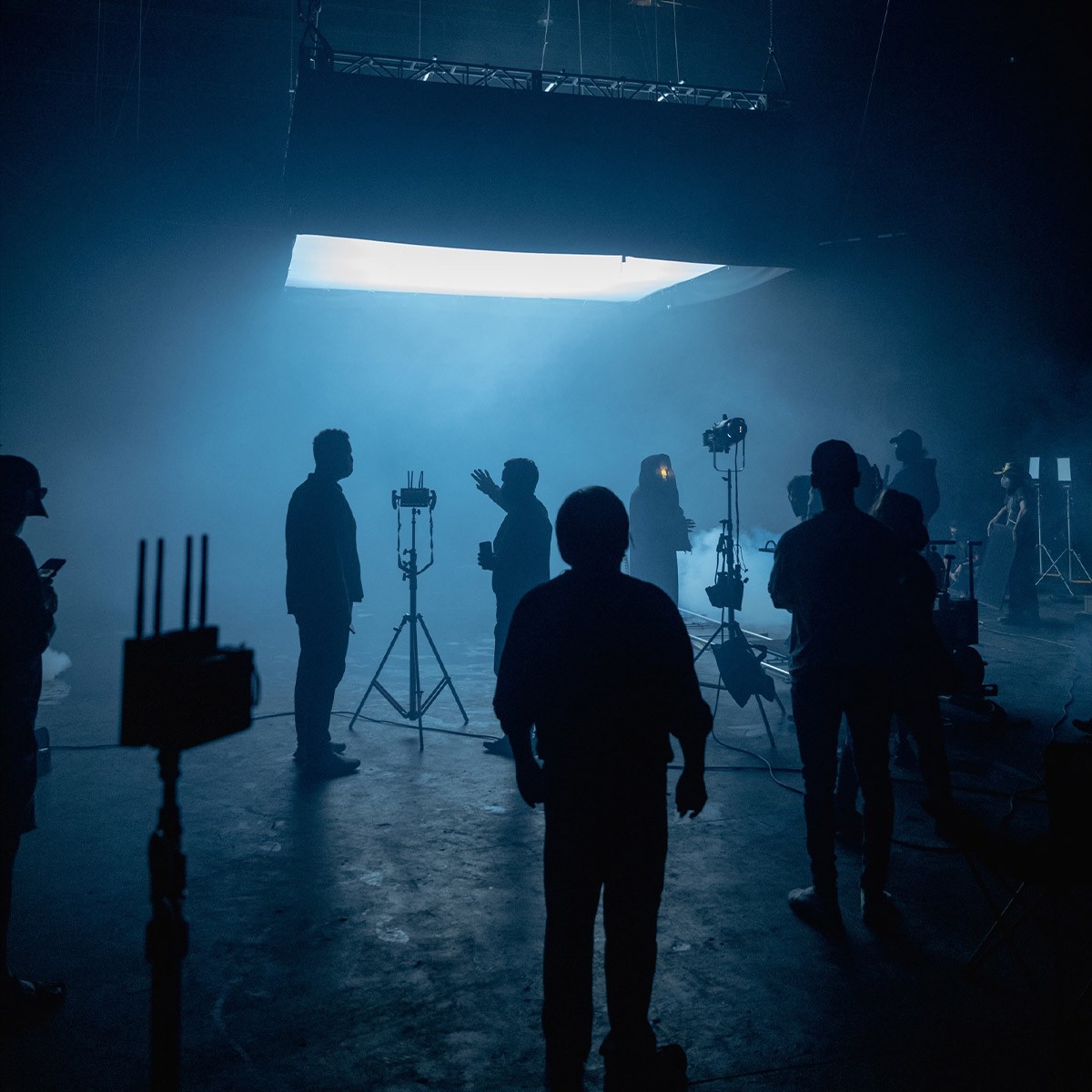Animation
Film Crew Position: Lip Sync

What does a Lip Sync do?
A Lip Sync in the context of animation refers to the process of synchronizing animated characters' mouth movements with the spoken dialogue or vocals. This technique is vital for creating the illusion that animated characters are speaking or singing naturally. Lip sync can involve matching the animated mouth shapes, known as phonemes, to the appropriate sounds in the dialogue track, ensuring a cohesive and believable performance in animated features, television shows, video games, and other multimedia projects that include character animation.
What role does a Lip Sync play?
The role of a Lip Sync within an animation department primarily involves analyzing the voice recordings and ensuring that the characters' lip movements match the timing and shape of the spoken words or lyrics. This task requires a keen ear for dialogue rhythms and a deep understanding of facial mechanics to produce smooth and accurate lip-syncing. Professionals in this role work closely with animators and directors to refine the characters' expressions and ensure that their speech appears fluid and convincing to the audience.
Do you need to go to college to be a Lip Sync?
A specific college degree is not always a mandatory requirement to become a Lip Sync in animation, but a background in animation, digital arts, or a related field can be extremely beneficial. Many professionals in this position have either a diploma or a degree in these areas. However, equivalent experience, a strong portfolio, and a demonstrated ability to perform high-quality lip-syncing can also pave the way for opportunities in this field. Continuous learning and staying up to date with industry-standard animation software and techniques are crucial for success.
What skills do you need to be a Lip Sync?
The skills required for a Lip Sync position include a thorough understanding of animation principles and the ability to work with animation software, such as Adobe Animate, Toon Boom Harmony, or Maya. Individuals must possess a good sense of timing and rhythm, as well as an eye for detail to capture subtle nuances in speech. Excellent communication and collaboration skills are essential to work effectively with voice actors, animators, and directors. Additional skills include patience, problem-solving abilities, and the capacity to accept and implement feedback during the animation process.
New to filmmaking?
Get Free Template
Use our budget template to get a kick start on your film project. Get access to dozens of templates no matter what type of project!
